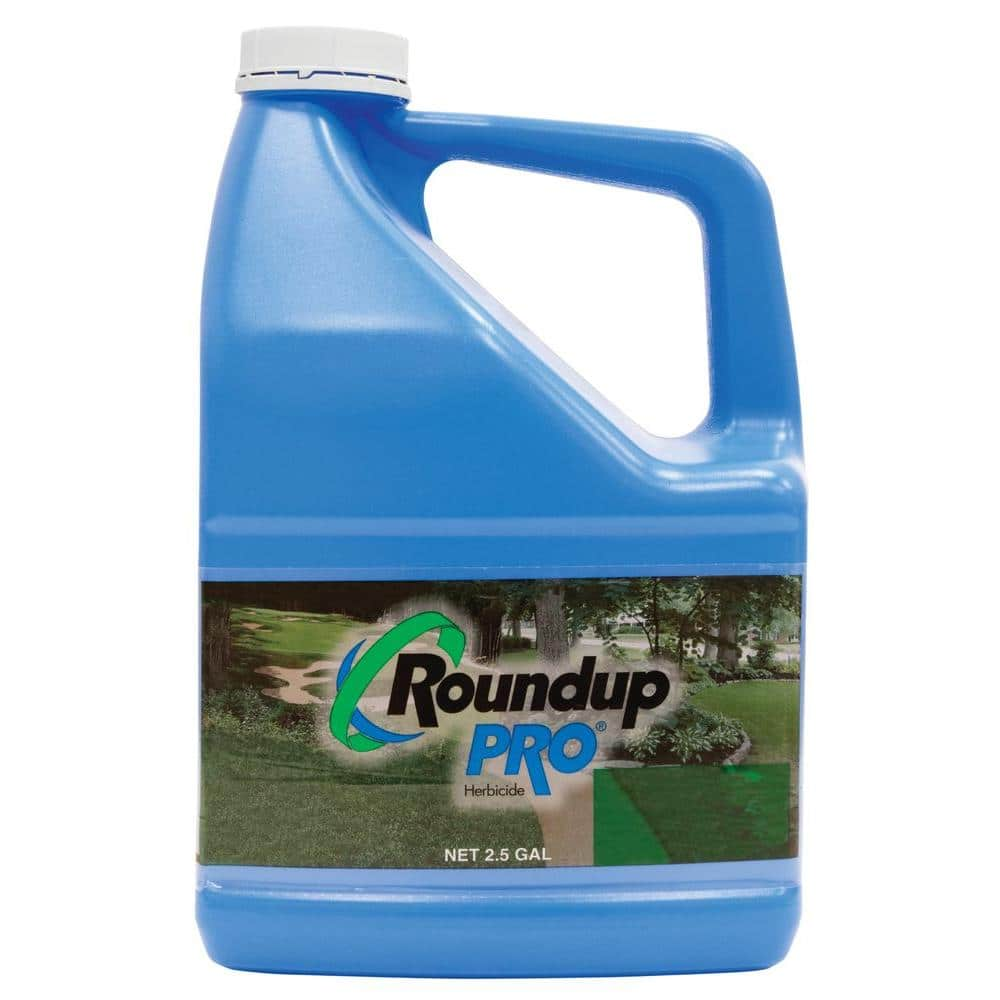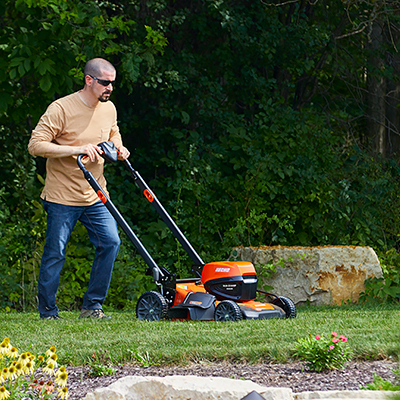Fertilizer Spreader Buying Guide

Last updated June 25, 2025
Lawn spreaders provide uniform coverage of grass seed or lawn care products. You can also use them for spreading ice melt on walkways and driveways. This guide highlights three different types of lawn spreaders: handheld spreaders, drop spreaders and broadcast spreaders. The guide also provides useful tips for effectively using the type of lawn spreader you choose.
Table of Contents
Types of Spreaders
Handheld Spreaders
Drop Spreaders
Broadcast Spreaders
How to Fill and Operate a Push-Type Spreader
Lawn Spreader Application Tips
Types of Spreaders

Lawn spreaders all share the purpose of making it easier and more efficient to spread products like seeds, fertilizer, ice melt and more.
While there are a wide variety of spreaders, they can usually be classified into three main types: handheld spreaders, broadcast spreaders and drop spreaders.
The product you want to spread is poured into the hopper, the usually funnel-shaped portion of the spreader that holds the contents. Spreaders also have an opening, whose size can be changed, for scattering the product. Follow the manufacturer’s instructions for properly calibrating your spreader. You may need to experiment depending on your walking pace and the product you’re distributing.
Handheld Spreaders

Handheld spreaders are designed to distribute their content over small areas.
- Their smaller size means these spreaders are compact and easy to store.
- Handheld spreaders have a small hopper, so they need frequent refills as a result.
- Some handheld spreaders are similar to broadcast spreaders, and they have a dial and crank.
- The dial adjusts the opening and determines how much product is released.
- Adjustable arm support is available with some models.
- Some types of handheld spreaders have a canister with a handle and a scoop-shaped mouth. These are better suited for spot applications.
To operate most handheld spreaders, set the dial for the product you want to distribute. Then you’ll need to either turn the crank or activate the battery-operated motor. Walk normally around the area, stopping the motor whenever you stop walking.
Drop Spreaders

A drop spreader has a bucket hopper mounted on two wheels. The distribution is limited to the area between its wheels. It’s good for precise application on small lawns and areas around garden beds and shrubs.
There are two types of drop spreaders: tow and push.
The push-type is also known as a walk-behind. It has a handle with a squeeze-control applicator mounted to the top. Squeeze the applicator lever as you walk to release the product. Most models have a dial or lever at the bottom of the hopper to adjust the flow rate.
A tow-type drop spreader attaches to the back of a lawn tractor. Most have a manual lever to control the application rate. It sits at the front of the drop spreader so the driver can reach it from the seat of the lawn tractor. Some models have an attached aerator for single-pass aeration and grass seed or fertilizer.
Broadcast Spreaders

A broadcast spreader differs from a drop spreader in that it has a fan or wheel that casts the product wider than the wheel base. The margins created with each pass overlap to provide uniform coverage. Broadcast spreaders are better for large lawns and spaces where the coverage doesn’t need containment.
Broadcast spreaders are usually operated by pushing or towing.
Tow-type broadcast spreaders work similarly to the drop spreader tow-type models.
Push-type broadcast spreaders require a steady walking speed to ensure even distribution. The hopper has a handle with a squeeze lever to control the stop-start flow function. It also has a dial at the bottom of the hopper to control the rate of distribution.
How to Fill and Operate a Push-Type Spreader

- Make sure the spreader's hopper is closed before adding the fertilizer, grass seed or weed killer.
- If you're using fertilizer, fill the spreader on a sidewalk or driveway to prevent spilled fertilizer from burning your lawn.
- Set the spreading rate, start walking and pull the trigger to apply. Some spreaders allow you to lock the spreader in the open position.
Lawn Spreader Application Tips

Some lawn spreader application tips include:
- Apply the first pass around the perimeter of the lawn so you have a place to turn around. This is known as a header strip.
- Apply the product back and forth in the longest direction first.
- Turn the spreader off at the end of the strip to prevent uneven application.
- Before starting back, set the spreader in motion before opening the device in the header strip.
- Steer slowly and smoothly around trees and other objects in your path.
- For a broadcast spreader, keep the wheel about four feet away from the area you don’t want to seed or fertilize. Overlap the strips to prevent missing spots.
- When applying fertilizer, push forward, not backward. Excessive amounts of fertilizer can damage the lawn.
- Avoid spreading products on a windy day.
The tips and tools discussed in this guide can help you achieve your lawn care goals. Feel confident choosing a lawn spreader that meets your needs. Check out our selection of lawn care products today. Use The Home Depot Mobile App to locate products and check inventory. We’ll take you to the exact aisle and bay.
































